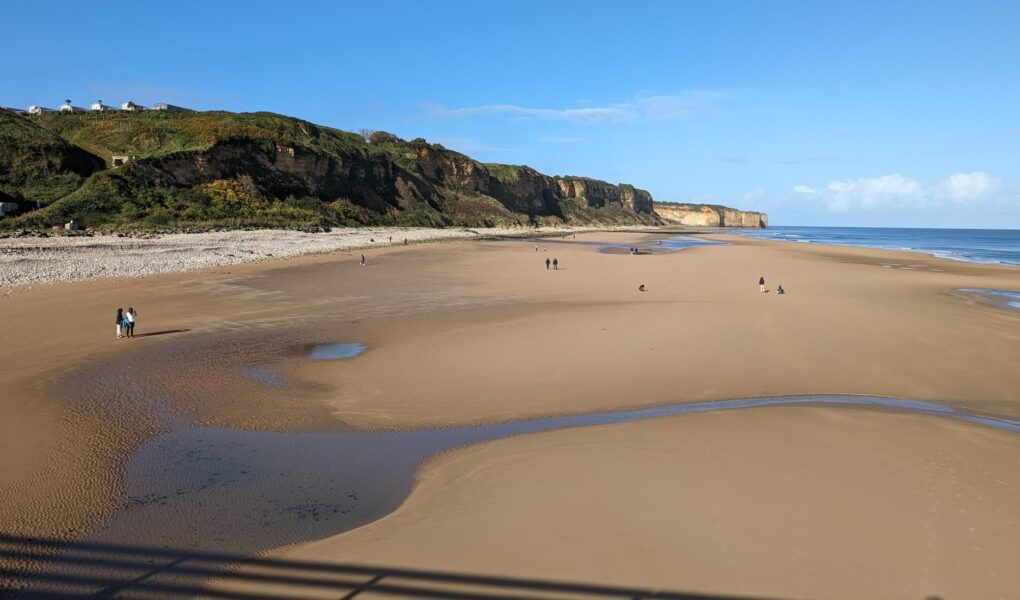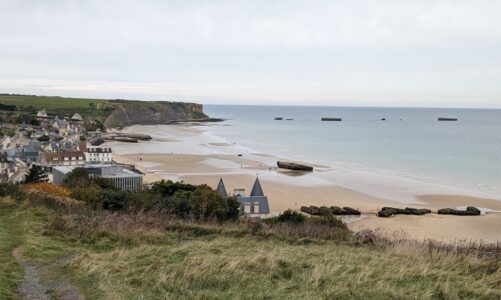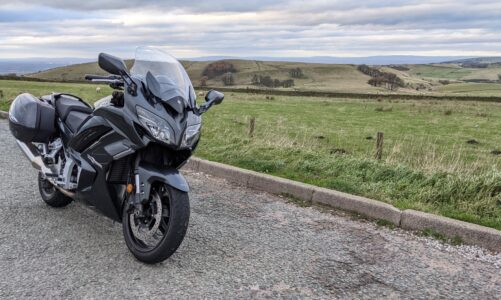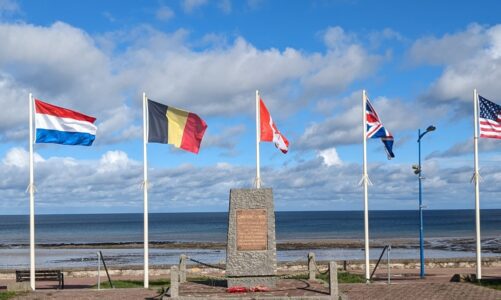Omaha Beach is a site of great historical significance, made famous by the 1998 Steven Spielberg film Saving Private Ryan, which opens with the Allied invasion of Normandy on 6th June 1944, with members of the 2nd Ranger Battalion under Capt. Miller, fight ashore to secure a beachhead.
As one of the five beach landing sectors designated for the amphibious assault of Operation Overlord during the Second World War. This 5-mile section of the coast was necessary to link the British landings to the east at Gold with the American landing to the west at Utah.
The responsibility of taking Omaha was given to United States Army troops, with sea transport, mine sweeping, and a naval bombardment force provided predominantly by the United States Navy, the Coast Guard and the untested American 29th Infantry Division, along with nine companies of U.S. Army Rangers redirected from Pointe du Hoc, assaulted the western half of the beach. The battle-hardened 1st Infantry Division was given the eastern half.
Opposing the landings was the German 352nd Infantry Division. Of its 12,000 men, 6,800 were experienced combat troops, detailed to defend a 33-mile front. The German strategy was based on defeating any seaborne assault at the water line, and the defences were mainly deployed in strongpoints along the coast.
The landing on Omaha Beach was one of the most difficult of D-Day. Many soldiers drowned while wading ashore or were killed by the German defenders. Despite this, by day’s end approximately 34,000 troops had landed at Omaha Beach. Success came at the cost of about 3,000 casualties of the men that landed on Omaha the first day.
The D-Day Memorial at Omaha Beach commemorates the brave soldiers who fought during the Normandy landings on 6th June 1944.
The cemetery covers 172.5 acres and contains the graves of 9,387 military dead, most of whom lost their lives in the D-Day landings and ensuing operations.
On the Walls of the Garden of the Missing, in a semi-circular garden on the east side of the memorial, is inscribed 1,557 names. Rosettes mark the names of those since recovered and identified. At the center of the memorial is a bronze statue, “Spirit of American Youth Rising from the Waves”. An orientation table overlooking the beach depicts the landings in Normandy. Facing west at the memorial, one sees in the foreground a reflecting pool; beyond is the burial area with a circular chapel and, at the far end, granite statues representing the United States and France.
































